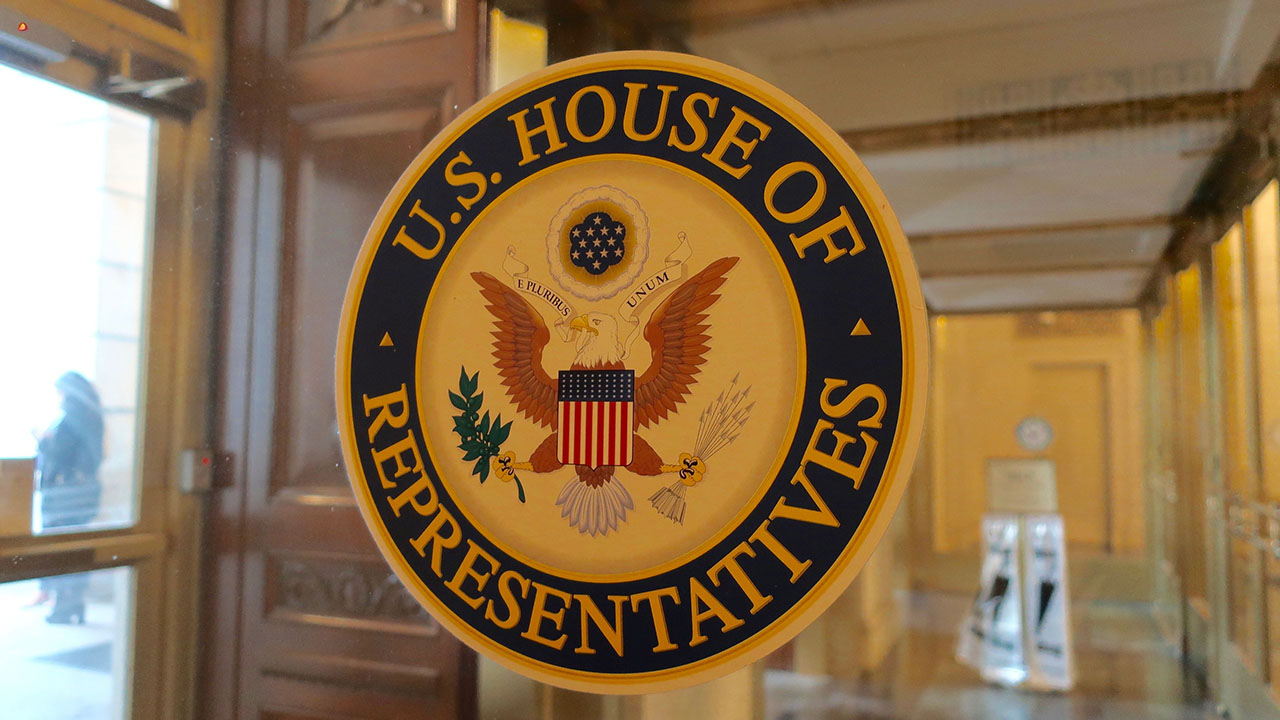The 2030 census is projected to bring historic shifts in political power, with the South gaining nine congressional seats and California and New York losing six combined, driven by population trends and communities of color. (GV Wire File)
Share
|
Getting your Trinity Audio player ready...
|
New Census Bureau estimates indicate the South could gain nine congressional seats after the 2030 census, the largest single-decade increase in the region’s history, reports the Brennan Center for Justice.
Florida, Texas to Gain Seats
Florida and Texas are projected to gain four seats each, with Texas potentially adding a fifth.
North Carolina would gain one seat. These increases are driven by communities of color, with Latinos accounting for more than half of the South’s population growth between 2022 and 2023, concentrated in Florida, Georgia, North Carolina, and Texas.
California and New York are expected to lose four and two seats, respectively, reflecting ongoing population outflows. Other states potentially losing one seat include Illinois, Minnesota, Oregon, Pennsylvania, Rhode Island, and Wisconsin.
If realized, the South’s 164 seats would represent a record high, shifting nearly 40% of House membership to the region. This change could significantly alter Electoral College dynamics beginning with the 2032 election.
Projections Can Change With Shifting Policies
Projections remain uncertain due to potential shifts in immigration policy, population trends, and census participation.
Factors such as state-level investment in census education or a possible Trump administration attempt to reintroduce a citizenship question could affect outcomes.
Despite these variables, the overall trend points to one of the most profound redistributions of political power in U.S. history, driven by the country’s continuing southward population shift.
Read more at the Brennan Center for Justice.
RELATED TOPICS:
Categories

Fresno Underpass Closed Due to Flooding

















